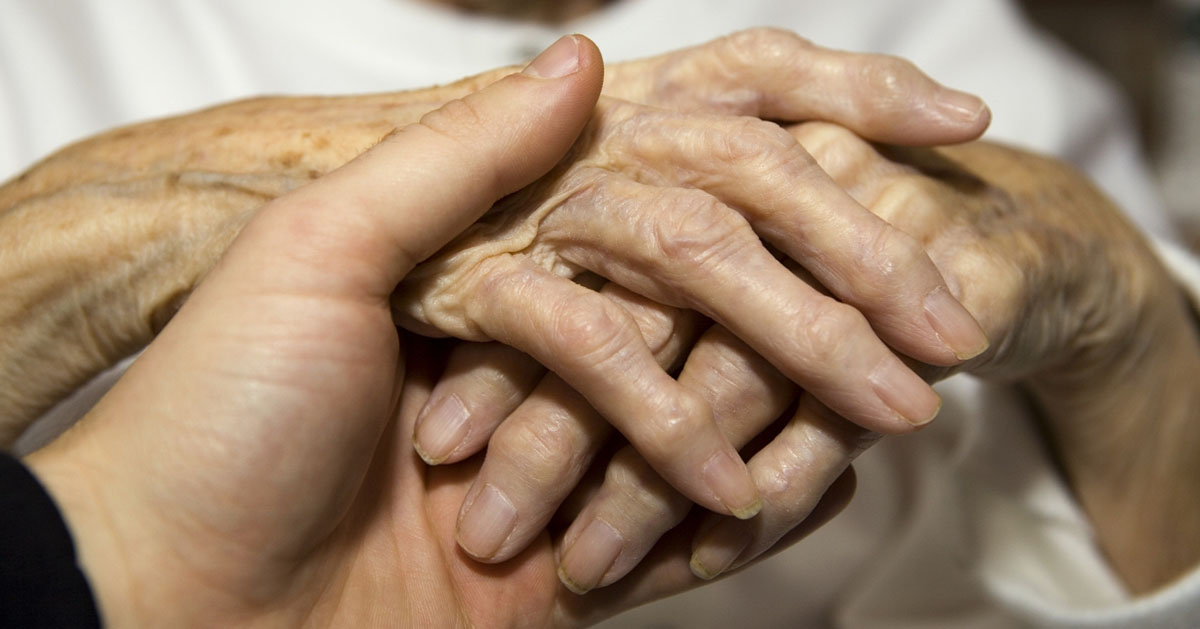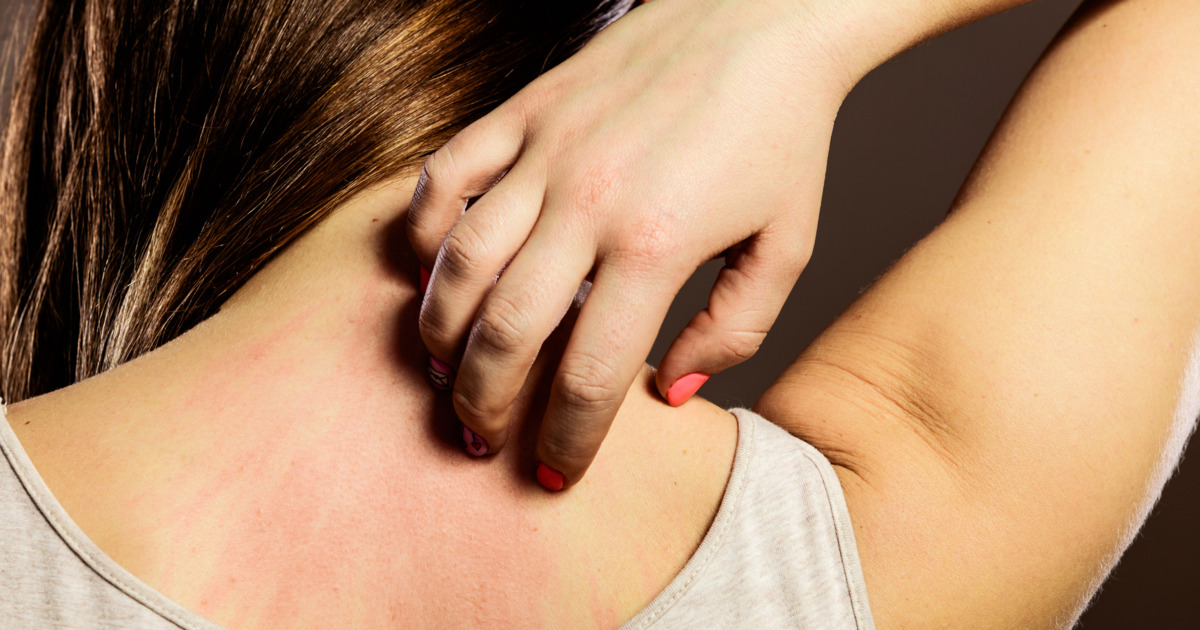Guide To The Side Effects Of Steroids
Bone Loss

Bone loss and osteoporosis are most likely to occur in individuals placed on oral corticosteroids for an extended period. After six months of treatment with corticosteroids, patients could lose as much as ten to twenty percent of their bone density. Doctors will typically request that the patient has a bone density scan before beginning high-dose corticosteroid treatment. The scans should be repeated at least once a year, and the results can be compared to prior scans to determine how much bone is being lost. To strengthen bones and prevent bone loss, patients taking corticosteroids are generally asked to take calcium and vitamin D supplements, and prescription medications such as raloxifene, calcitonin, and risedronate may be appropriate for improving bone health. Patients are encouraged to do weight-bearing exercises such as walking, dancing, and running to stabilize their bone mass. Patients concerned about their bone density may want to ask their doctor about newer injectable medications that can strengthen bones.
Discover additional side effects linked to steroids now.
Allergic Reactions

Patients who take steroids could experience allergic reactions associated with this medication. Although relatively rare, symptoms of a systemic allergic reaction to oral or injected steroids could include rapid heart rate, facial swelling, confusion, fever, and a skin rash with blisters. These are symptoms of an immediate systemic allergic reaction, and they typically start within thirty to sixty minutes of taking the steroid. This type of reaction is potentially life-threatening, and patients should be taken to an emergency room.
A less severe type of systemic reaction could develop up to two days after steroid administration, and this is known as a non-immediate systemic reaction. Patients with this type of reaction typically have hives, and a widespread rash could also occur. Patients who use topical steroids could also have an allergic reaction that involves a mild rash. These types of reactions occur in around six percent of individuals who use topical steroids. To diagnose allergic reactions, physicians often order a patch test, a RAST test, and a drug challenge. These tests can help doctors determine which drugs may be safe for the patient. Patients who have severe systemic reactions will be given supportive care in the emergency room to aid breathing and reduce heart rate, and individuals with other types of reactions will typically be closely monitored at regular follow-up appointments.
Continue to reveal more potential side effects of steroids now.
